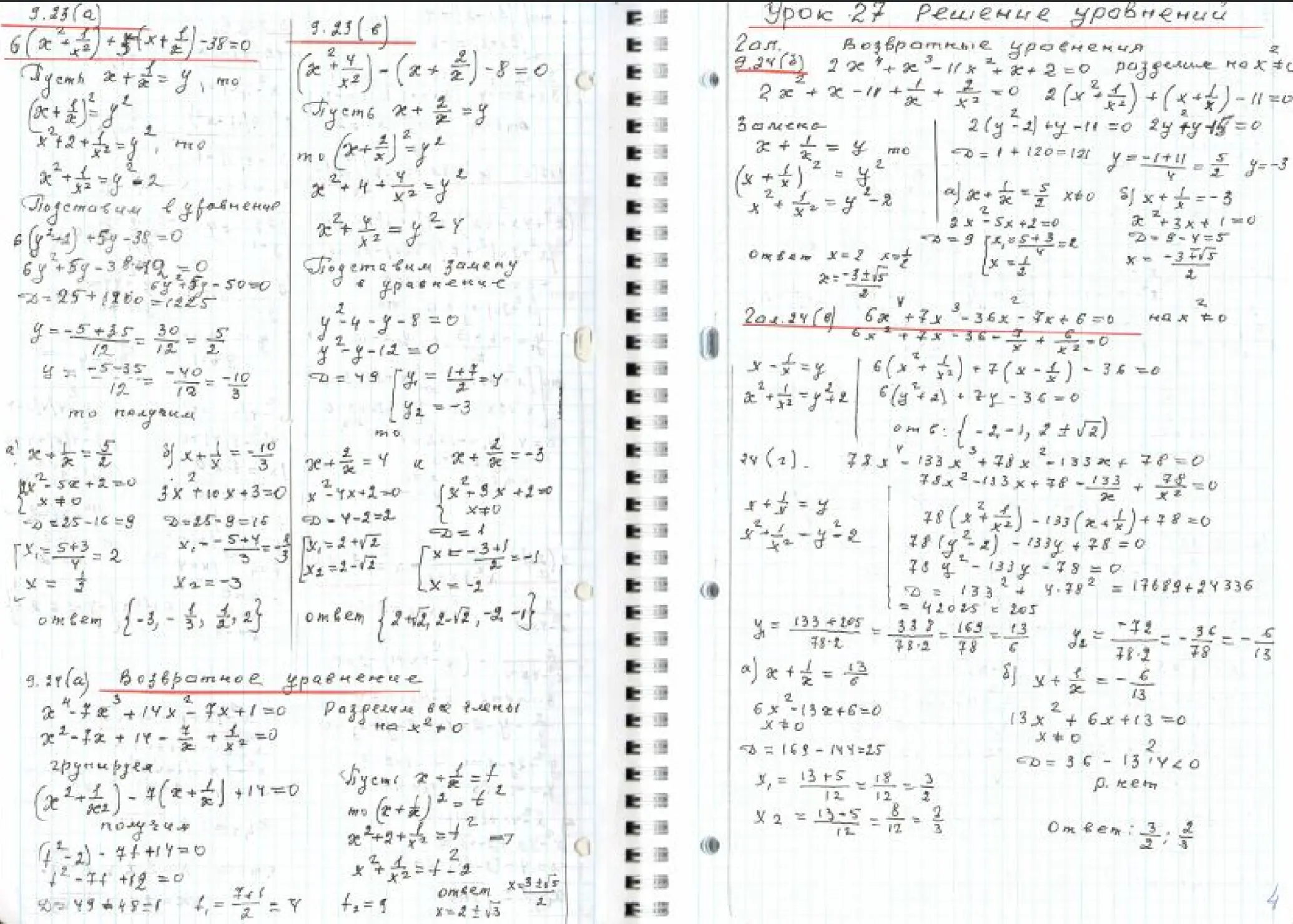Nadezhda's Soviet Mathematical Approach
The authentic Soviet approach to mathematics education emerged from a fundamental recognition: mathematical thinking cannot be rushed, packaged, or reduced to memorizable procedures.
Nadezhda Suslenkova spent 50+ years refining this approach in Soviet classrooms, developing lesson sequences that guide students toward independent mathematical discovery. Her methods emphasize patience over speed, understanding over memorization, and questioning over acceptance.
The Fundamental Difference
Mathematical understanding compounds exponentially, not linearly. When students grasp fundamental principles deeply, new concepts connect naturally to existing knowledge. Each topic becomes easier because it builds on solid foundations.
Original Soviet Mathematics Notes
Handwritten lesson plans from Nadezhda's 50+ years in USSR classrooms
